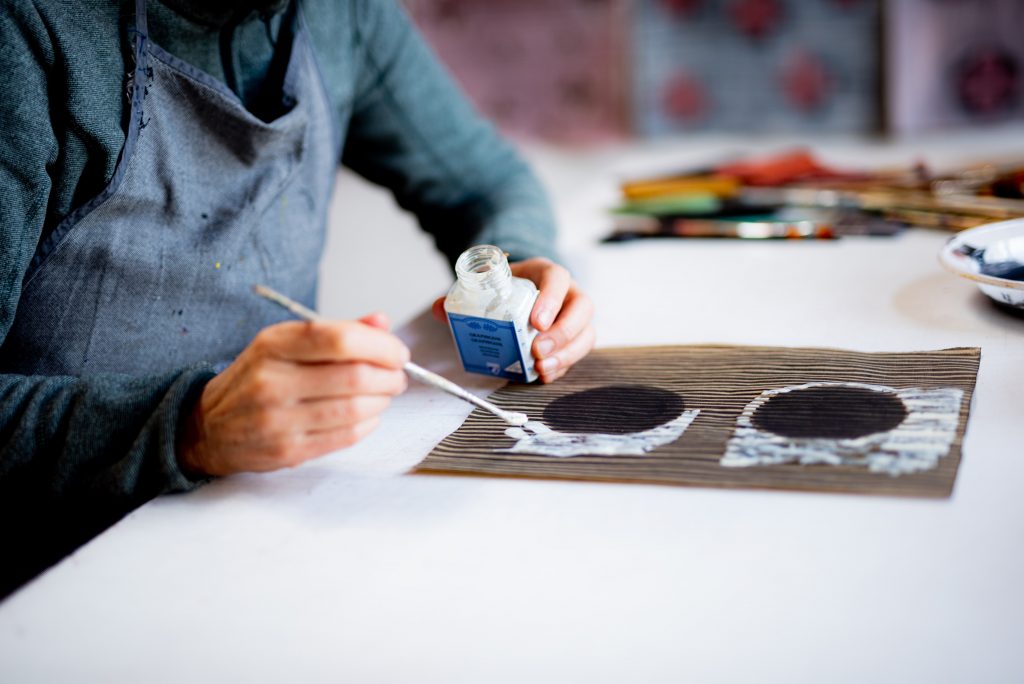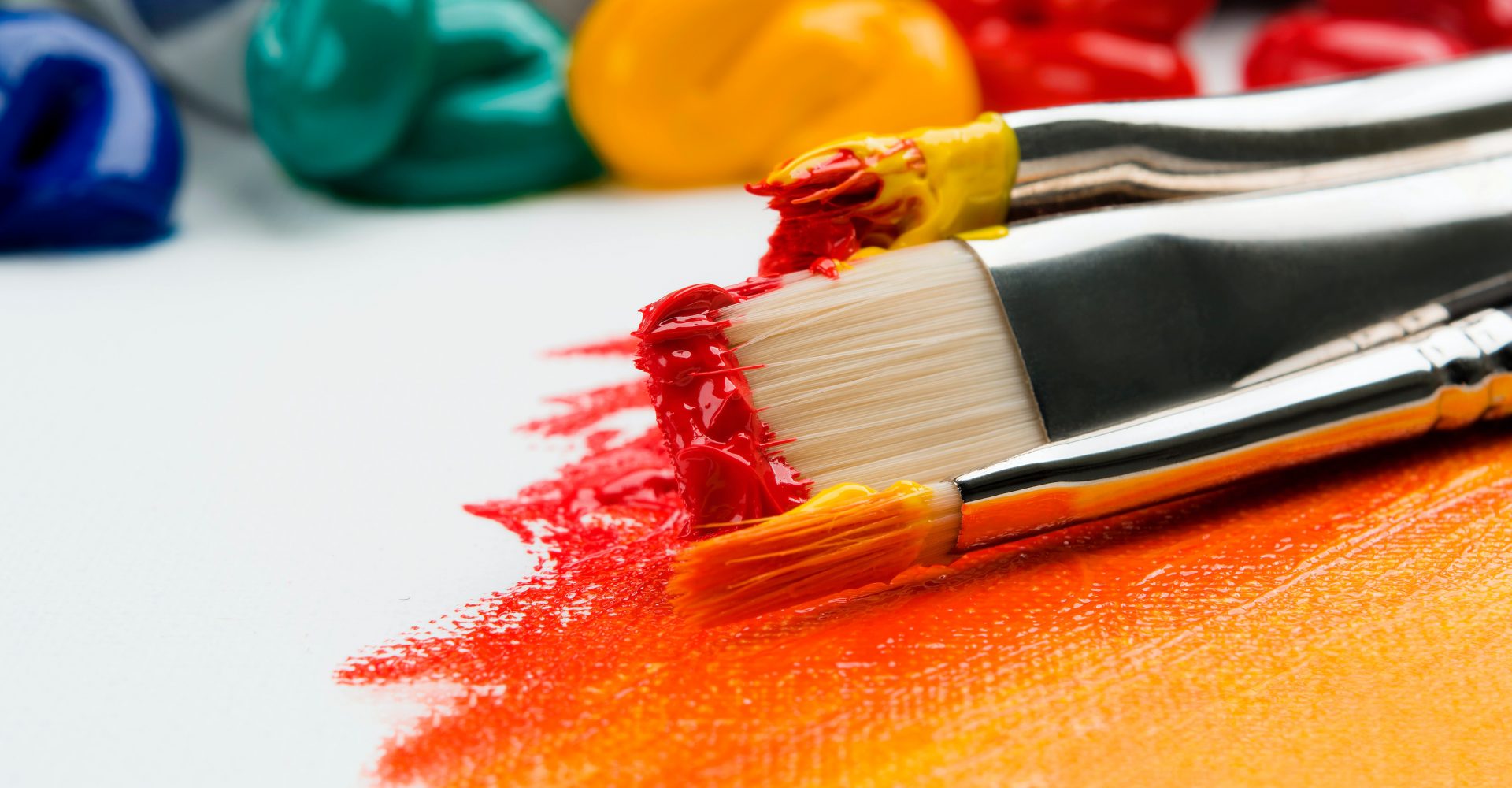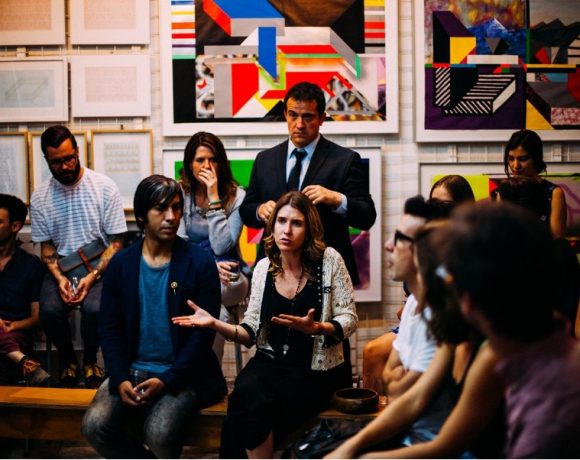Developing a truly inclusive art curriculum takes a lot of time and effort. But there are some steps to take as early as possible, including the importance of addressing cultural appropriation in an art class.
Of course, while working on creative projects, students experiment with a variety of ideas, reflecting the world around us. However, when it comes to reflecting a culture different from ours, it is very important to be especially sensitive. Techniques, symbols, colors, and cultural contexts must be used very carefully.
What is Cultural Appropriation?
What is the definition of cultural appropriation? What’s wrong with cultural appropriation? If you have never worked with this context before, you should delve deeper and educate yourself because it is one of today’s hottest topics. Besides, it is necessary to ensure that students understand the concepts of cultural appropriation.
So, what is it? It is when members of one culture adopt or use the elements of the other culture. Unfortunately, this often presents controversy when representatives of the dominant culture use the cultural values of a minority group, violating intellectual property rights and illegally appropriating art forms.
This leads to the fact that cultural elements lose their original meaning, or their meaning is distorted. This means that in the art classroom, it is important that the original culture is not disrespected. Taking inspiration from elements of another culture, you cannot reduce contexts that have a deep meaning to exotic entertainment. It can be very challenging because you need to consider thoughts, words, and context all the time. Nevertheless, as awareness is raised, cultural appropriation can be avoided.
Forms of Cultural Appropriation to Avoid
As educators, it is not always easy to find the balance between appropriation and appreciation. Here are some forms of cultural appropriation art that you should avoid in an art — or any educational — setting:
Don’t use a whole culture or some cultural elements and décor

Image via Unsplash
For example, you might find an art classroom decorated with arrows, zigzag patterns, and other elements that belong to the culture of the Native American tribes. However, there are many tribes with different forms of art and customs, and you can’t reduce them all to a common denominator for the sake of decorating a classroom.
Don’t use cultural dress as costumes

Whether it is Thanksgiving Day, Halloween, or another holiday or party, teach students to avoid dressing up as a specific nationality or culture. The bottom line is that it usually turns into a stereotype that doesn’t help promote true understanding. Japanese kimonos or Mexican sombreros are not costumes, and you are not respectful if you treat them as such.
Don’t ignore the significance of cultural elements when creating art inspired by them

Image via Unsplash
When you are attempting an art or craft project, be sure that any elements used are used in an authentic manner, not a reduction of culture into just a couple of aspects. Be careful not to promote hurtful or inaccurate stereotypes—both the intent and the impact matter. Helping students truly learn about a culture and celebrate it is an amazing addition to any project,
Consider your phrases
We are happy to know that modern society doesn’t accept many racist or culturally appropriative sayings. Unfortunately, the world is not perfect, and there are many phrases that still might be used in a classroom setting. For example, have you ever called your class a tribe? It is not a tribe, and it is a group. And you can’t say that something is your spirit animal unless you are part of the Native American community. Incorporating all these aspects in the classroom engages students so they can share the knowledge with their friends and avoid different forms of cultural appropriation.
Tips That Will Help You to Avoid Cultural Appropriation in the Art Classroom

Image via Unsplash
Start by leading your lessons with questions to ask why people are drawn to specific cultural elements. If you think they are creating appropriation artwork, teach them to connect with the richer contexts the elements carry, dive deeper, understand the culture, and respect it.
Use these questions as a starting point:
- Why are these colors important to you?
- What function does your artwork have?
- What is your connection with these symbols?
- Can you say that your choices reflect the meaning you wanted to share?
- Does cultural significance influence your choices?
Before you start this conversation, it is also necessary to ask yourself:
- What cultural features do I want my students to learn about?
- Why do I choose these topics? Is it for my personal purposes? Do I think that it is necessary to educate students about some art elements that belong to other cultures?
- Do I know the traditions, events, people, and history presented in this topic?
- Have I discussed my study plan with other teachers?
- In what ways can I avoid cultural appropriation and treat other traditions with due respect?
Practical Case: Create an African Mask without Cultural Appropriation
Creating African masks is not a project just for fun. Make it a learning experience, ask students to research different African tribes, materials they used to create masks, and techniques. Find out how the masks were used. When making the masks, use the same materials and create unique designs. Maybe students write essays about their thoughts and reflections while using those materials.
Practical Case: Outfits for a Thanksgiving Day
When students recreate Native American clothing from colored paper to celebrate Thanksgiving, there are several negative consequences. In the first place, it erases the religious and cultural significance of these elements and misrepresents the history of the indigenous people. This does not mean that you need to avoid this holiday, but simply shift the focus. For example, teach students about what happened to Native Americans and create art that celebrates how indigenous people were involved in the very first Thanksgiving.
About the author: Beryl Carington was born in California, the USA. She is keen on art visits a lot of exhibitions and lectures every year. Now she is working as a writer in writemyessay. Beryl is interested in films and enjoys traveling.








NO COMMENT